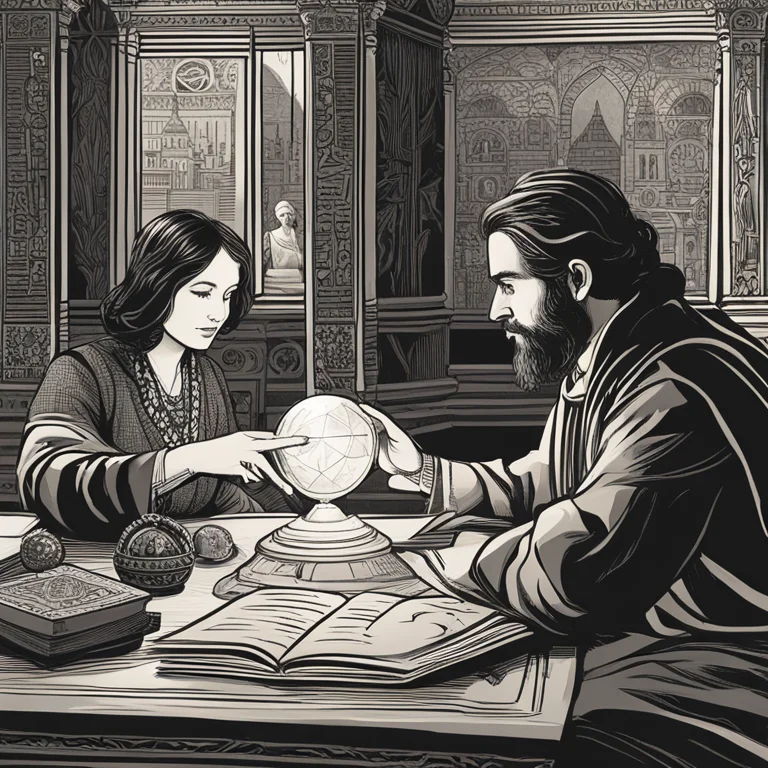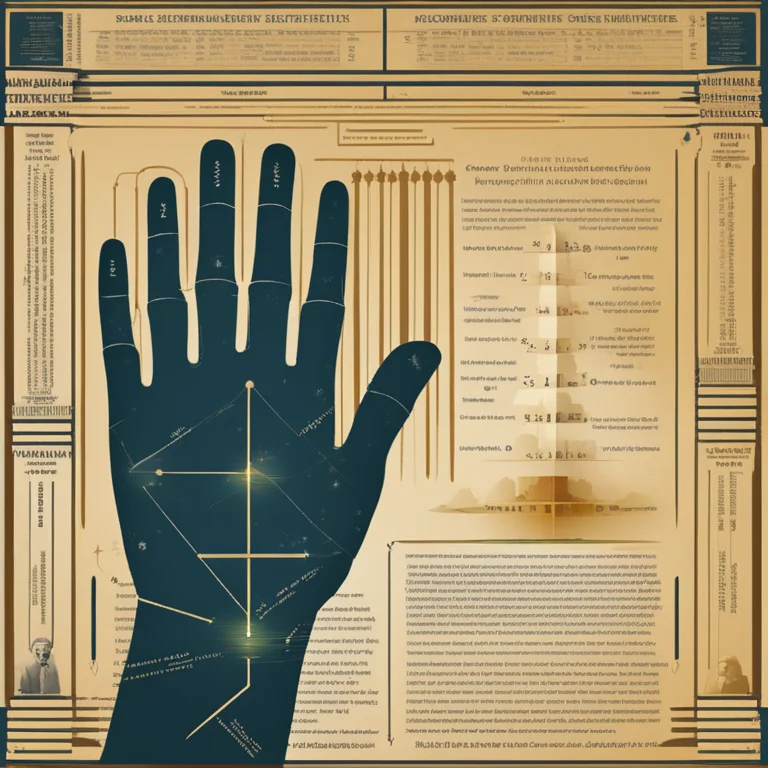
The Accuracy of Palmistry: A Critical Analysis
This insightful piece delves into the accuracy of palmistry, as it sifts through historical roots, scientific evidence, and contemporary acceptance.
article by Nora Pennington
Palmistry's Historic Roots
Palmistry, the art of interpreting lines and features on the palm to predict one’s future or infer their characteristics, has been a subject of human curiosity for centuries. Tracing back to ancient India, it prospered through the cultural exchanges of Greek astrology and Chinese I Ching. Despite its historic roots and global tapestry of believers, the accuracy of palmistry has often been enveloped in skepticism. In essence, palmistry marries the narrative of one’s life with the etchings on their hands, aiming to provide insights that are both personal and profound.

Scientific Scrutiny and Palmistry
In the age of empirical evidence and data-driven conclusions, palmistry faces rigorous scrutiny. Mainstream science predominantly considers palmistry as a pseudoscience, citing lack of reproducible results and the Forer effect—which suggests that vague and general statements can seem highly personal to any given individual. Studies in 2024 continue to seek quantifiable proof supporting palmistry's predictions, but consistent and repeatable validation remains elusive, leaving the practice to rely heavily on subjective analysis and anecdotal success.

Understanding Palmistry Variability
Palmistry's accuracy is said by practitioners to be contingent on the reader's experience and intuition. No two palm readings are entirely alike; even slight variations in lines can change interpretations drastically. The individual’s openness and the context provided can dramatically affect the reading's accuracy. While these variables may add layers of personalization to a session, they also introduce room for wide discrepancies, highlighting the inherent challenge in measuring palmistry's precise validity.

Modern-Day Reception of Palmistry
Today, palmistry persists as a popular practice, with online palm readings and apps attempting to digitize the experience for modern enthusiasts. While traditionalists might argue that these methods lack the personal touch vital for an accurate reading, such innovations are spearheading palmistry into the digital era. In 2024, the industry sees a blend of skeptics and adherents, reflecting a society that both quests for spiritual meaning and demands scientific rigor.

The Role of Belief in Palmistry
Palmistry, much like other forms of divination, thrives on belief. For many, the practice serves not as an infallible forecaster of fate but as a tool for introspection and self-awareness. Those with a belief in the esoteric may find that palmistry offers comfort or guidance, regardless of empirical accuracy. The accuracy of palmistry, therefore, might largely depend on one’s own belief system and the value they place on the insights derived from a reading.
Is There a Middle Ground?
A nuanced perspective on palmistry's accuracy acknowledges both its psychological impact and its anecdotal successes. While it may not meet the stringent criteria of scientific validation, the subjective nature of the practice can yield personal truths for individuals seeking them. The middle ground, it seems, is to accept palmistry for its experiential significance rather than empirical proofs—a form of art opening discussions about our own lives and choices rather than a definitive map of our destinies.
Published: 1/11/2024
Modified: 1/12/2024
More predictions
Come back here soon to learn more about yourself and your future


Palm Lines: A Guide to Your Hands' Secrets
Learn the art of reading palm lines with our straightforward guide. Discover what your hands reveal about your personality, destiny, and life!


Jupiter Mount & Palmistry:Exploring The Significance
Delve into the secrets of the Jupiter mount on your palm and discover how it reflects your leadership and ambition.